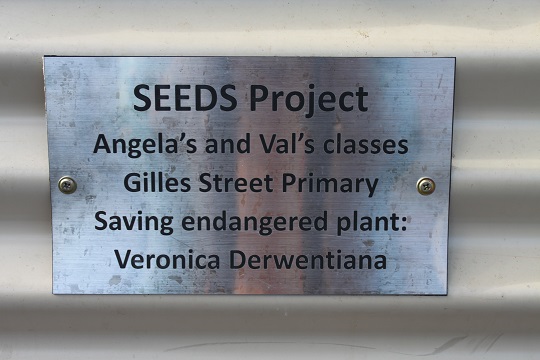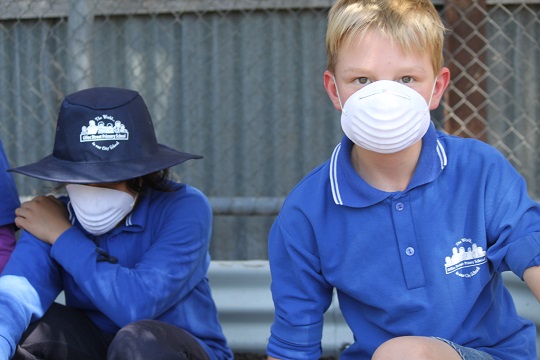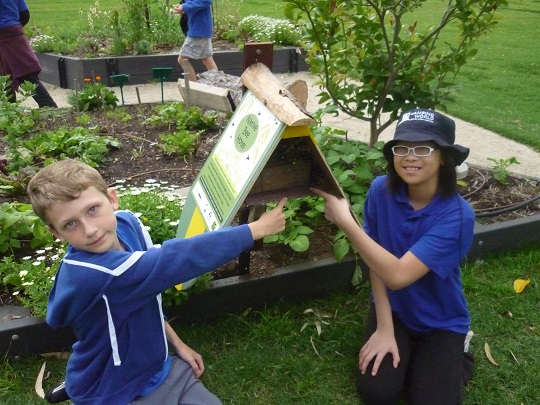

- Home
- Educator Led Programs
- Self-Guided
- SEEDS
- Christian Brothers College
- Cowell Area School
- Gilles Street Primary School
- Investigator College Victor Harbor
- Kildare College
- Kimba Area School
- Millicent High School
- Moonta Area School
- Mount Compass Area School
- Mylor Primary School
- Port Lincoln High School
- Quorn Area School
- Roma Mitchell Secondary College
- Tenison Woods College
- Urrbrae Agricultural High School
- Wilderness School
- Williamstown Primary School
- Wiltja
- About Us
- WED
- Unique Learning Experiences
- Professional Development
After planting seeds at The Botanic Gardens we ran two cake stalls which raised $700. We used the money to purchase soil, compost, hoses, spades ,trowels,dust masks, plaques and money for a return bus trip to Horsnell Gully, the native habitat of the veronica.At the end of year performance the year 2/3 performed "From Little Things Big Things Grow", the story of Michael Yeo and the difference a class can make! Year 5's did observational drawings of the veronica.Our curriculum links include Science, Arts,(performing and visual)English, Mathematics,Civics and Citizenship.
Year 2/3 and 5's are working together on the SEEDS project which will be ongoing and means many curriculum areas can be shared.It has been a great and motivating experience which will continue. Angela and Val.
Plant description
A perennial shrub which grows to 2 m high. Many stems arise from the base annually and form a large clump. It has bright green leaves that are arranged in pairs, are lance shaped, and have serrations along the edge. Its flowers are pale lilac and occur along a large flower spike in late spring and summer. The fruits are brown, oval shaped capsules which contain numerous small seeds inside.
Companion plants and pollinators
This plant is most likely important for native bees, moths, butterflies and other insects when it flowers. The biology of this plant is not fully understood however including the specific pollinators that are associated with it.
Gilles Street Primary School
Plant Species
Veronica derwentiana





